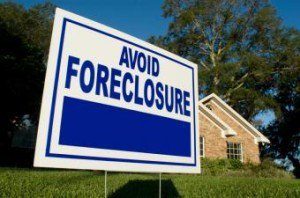 On Tuesday, CoreLogic released its monthly Loan Performance Insights Report for January 2017, which analyzes rates of delinquency and foreclosure. Overall, delinquency rates saw steady drops year-over-year. In January 2017, 5.3 percent of mortgages were delinquent by 30 days or more, a 1.1 percent percentage point decline in the overall delinquency rate year-over-year.
On Tuesday, CoreLogic released its monthly Loan Performance Insights Report for January 2017, which analyzes rates of delinquency and foreclosure. Overall, delinquency rates saw steady drops year-over-year. In January 2017, 5.3 percent of mortgages were delinquent by 30 days or more, a 1.1 percent percentage point decline in the overall delinquency rate year-over-year.
“The 30-plus delinquency rate, the most comprehensive measure of mortgage performance, is at a 10-year low and rapidly declining,” said Frank Martell, president and CEO of CoreLogic. “While late-stage delinquencies remain in the pipeline in selected markets, early-stage delinquency performance is stellar and the lowest it’s been in two decades. The continued improvement in mortgage performance bodes well for the health of the market in 2017.”
The foreclosure inventory rate in January 2017 dropped year-over-year as well, from 1.1 percent in January 2016 to 0.8 percent in January 2017. Additionally, the serious delinquency rate, or loans 90 days or more past due, dropped from 2.4 percent to 2.1 percent year-over-year.
Another drop was seen in early-stage delinquencies, or those that are 30-59 days past due. Early stage delinquencies dropped year-over-year from January 2016’s 1.2 percent to 0.9 percent
“Steady job and income growth, combined with full-doc underwriting, has led to low early-stage delinquencies,” said Dr. Frank Nothaft, Chief Economist for CoreLogic. “January’s 0.9 percent transition rate for current to 30 days late is lower than a year ago and much lower than the 1.5 percent average from 2000 and 2001, during which the foreclosure rate was, conversely, lower than it is today.”
CoreLogic additionally analyzed transition rates, as it states “early-stage delinquencies can be volatile.” 0.9 percent of mortagges went from current to 30 days past due in January 2017, another year-over-year drop, as that rate was 1.2 percent in January 2016. The transition rate previously peaked in November 2008 at 2 percent.
Read more from CoreLogic’s report here.

 DSNews The homepage of the servicing industry
DSNews The homepage of the servicing industry









